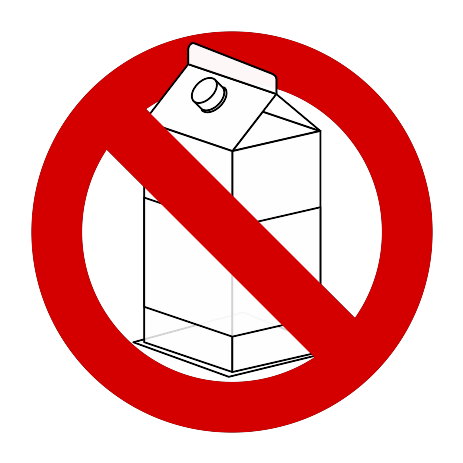

I don’t know, if there’s any hosted instances of it, or how mature it is, but one of the Lemmy devs has experimented with using the frontend of phpBB (basically the software for old-school forums) with a Lemmy backend: !lemmybb@lemmy.ml
To my knowledge, they had some pretty quick successes with it and one might be able to just slap this onto a server right now…









Man, you’re not supposed to judge a book by its cover, much less its title, but when I heard “Throne and Liberty” for the first time, it immediately sounded like something lazily slapped together. I guess, it makes sense that specifically the localization is lazily slapped together.